The Great Square of Pegasus is an asterism formed by the three brightest stars in the constellation of Pegasus, and the brightest star in the constellation of Andromeda.
Key Facts & Summary
- The Great Square of Pegasus is prominent in the summer months for northern observers. It can be seen overhead in the evening.
- This asterism is formed by four stars, the three of the brightest stars in Pegasus, namely Markab, Scheat, and Algenib, and the brightest star in the Andromeda constellation, namely Alpheratz.
- All of these stars are of the second magnitude and appear similar in brightness, however, each of them has unique features.
- The brightest star in The Great Square of Pegasus is Alpheratz, having an apparent magnitude of 2.06.
- Alpheratz is the upper left star of this asterism. The second-brightest star in the Great Square of Pegasus is Scheat, which is also the second-brightest star in the Pegasus constellation, having an apparent magnitude of 2.42.
- Markab is the third brightest star in the asterism, having an apparent magnitude of 2.48.
- Algenib is the faintest, with an apparent magnitude of +2.84.
- The Great Square of Pegasus can be used to find numerous famous deep-sky objects such as the Andromeda Galaxy, the Triangulum Galaxy, or the Great Pegasus Cluster, among many others.
- One of the most famous stars located in the Great Square of Pegasus is 51 Pegasi, which has two exoplanets orbiting around it. The first planet discovered around this star was also the first planet discovered outside of our Solar System.
- Out of the four stars forming the Great Pegasus Cluster, Alpheratz is the closest star to us, situated at only 97 light-years away. Markab is situated at 133 light-years, Scheat at 196 light-years, while Algenib is the farthest star, located at around 390 light-years away.
- Though Algenib is the farthest and faintest star in this asterism, it is also the most massive, and largest out of the four stars.
The Great Square of Pegasus is among the most prominent asterisms during the summer months for observers in the northern hemisphere. It represents Pegasus’ main body, the celestial winged horse from Greek mythology.
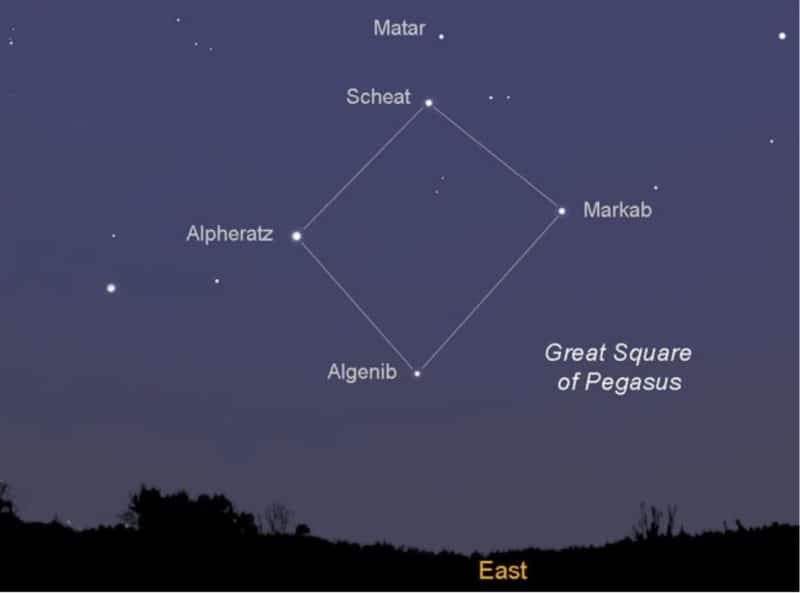
The Great Square is one of several easily recognizable northern asterisms, such as the Summer Triangle, Cassopeia’s W, they Keystone in Hercules, the Water Jar in Aquarius, the Northern Cross in Cygnus, and the Circlet of Pisces in Pisces.
The Stars of The Great Square of Pegasus
The four stars that form the Great Square of Pegasus, Markab, Scheat, and Algenib, and Alpheratz, are all second magnitude stars, quite similar in brightness.
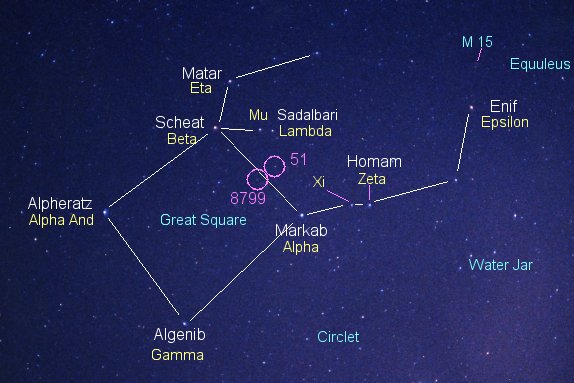
Alpheratz
Alpheratz, designated as Alpha Andromedae, is the brightest star in the constellation of Andromeda, and the brightest star in the Great Square asterism, having an apparent magnitude of 2.06.
Alpheratz is located northeast of the constellation of Pegasus, being the upper left star of the Great Square of Pegasus. It is also the closest star from this asterism to Earth, situated at 97 light-years away.
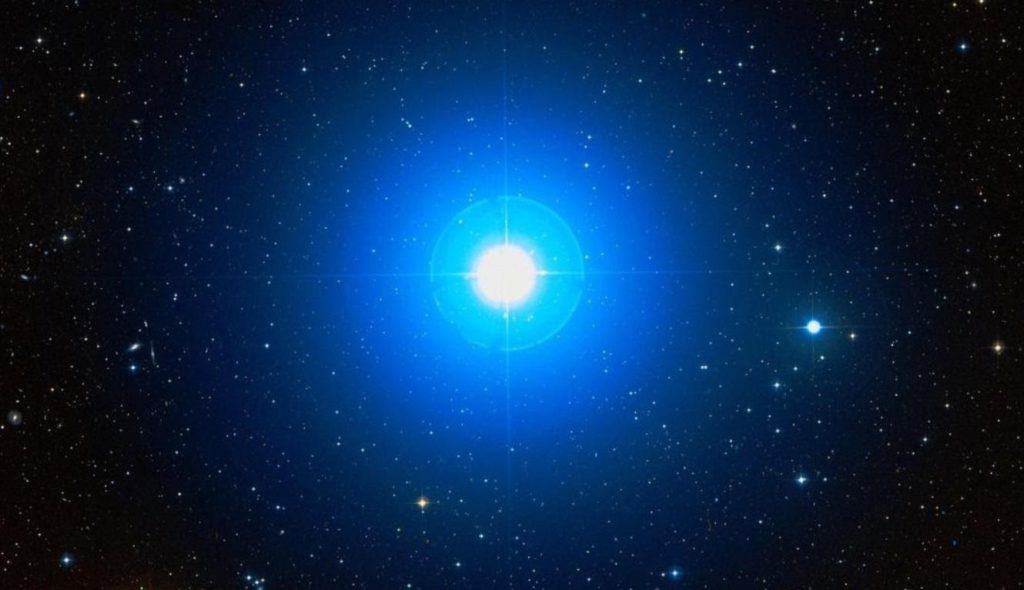
Alpheratz is a binary star system composed of two stars in close orbit. The primary star is a chemically peculiar mercury manganese star, having abnormally high levels of mercury, manganese, and other elements such as gallium or xenon.
It is the brightest mercury-manganese star known. The companion star is an A-type star, of spectral type A3V. The primary star has around 380% of our Sun’s mass, 270% of its radius, and it is 240 times brighter than our Sun.
It has a surface temperature of 13,800 K, more than twice as much as our Sun. Alpheratz is also a young star, being only 60 million years old. It spins quite fast, having a rotational velocity of 52 km / 32.3 mi per second.
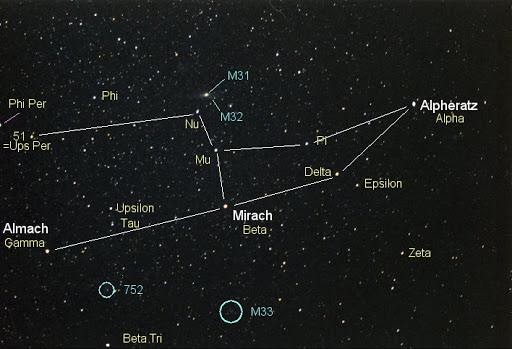
The secondary star is smaller and cooler than the primary. It has 185% of our Sun’s mass, 165% of its radius, and it is 13 times brighter than our Sun. This star spins even faster, having a rotational velocity of 110 km / 68.3 km per second.
Scheat
Scheat, designated as Beta Pegasi, is the second-brightest star in the constellation of Pegasus, and the second-brightest star in the Great Square asterism, having an apparent magnitude of 2.42.
Scheat is a red giant star, located in the upper right corner of the asterism. It is 196 light-years away from us. This star is a semi-regular variable type of star, having brightness variations between magnitude 2.31 and 2.74 within a period of 43.3 days.

This star loses mass quite fast, and as a result, it is enveloped by an expanding shell of gas and dust. This shell has a radius of around 3,500 times the Sun’s radius or around 16 AU.
Scheat has around 210% of our Sun’s mass, 9,500% of its radius, yet it is cooler than our Sun, with temperatures recorded at a mere 3,689 K.
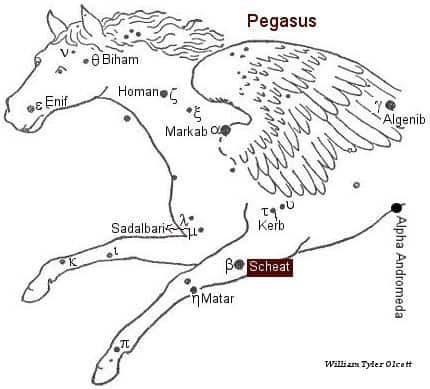
Markab
Markab, designated as Alpha Pegasi, it the third brightest star in the constellation of Pegasus, and the third-brightest in the Great Square asterism, having an apparent magnitude of 2.48.
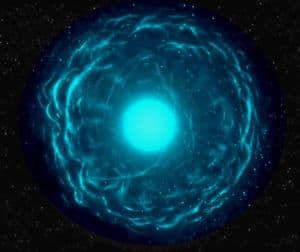
Markab is an A-type subgiant star, located at around 133 light-years away from Earth. This star has around 472% of our Sun’s radius, and it is very hot, with surface temperatures recorded at around 9,765 K. Markba is also a fast-spinning star, having a rotational velocity of 125 km / 77.6 mi per second.
Algenib
Algenib, designated as Gamma Pegasi, is the fourth brightest star in the constellation of Pegasus, and the faintest star in the Great Square asterism, having an apparent magnitude of +2.84.
Algenib is also the most distant star from this asterism, located at around 390 light-years away from us, being situated in the southeast corner of the asterism.
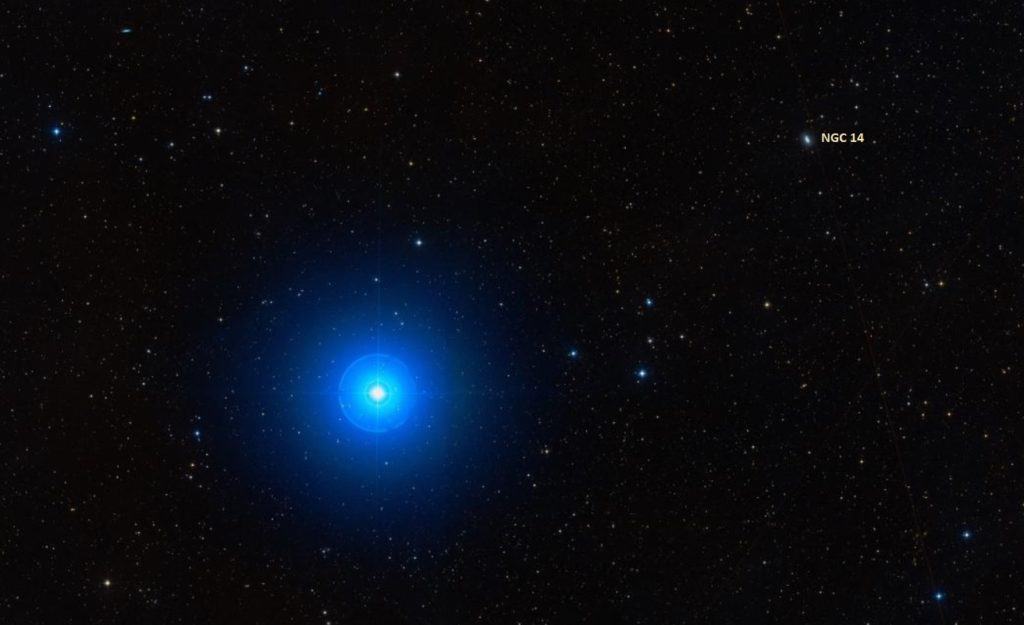
Algenib is the largest and most massive star of the Great Square asterism. It is a subgiant star that has around 890% of our Sun’s mass, 480% of its radius, and it is 5,840 times brighter than our Sun.
Algenib is also almost four times hotter than our Sun, having surface average temperatures of around 21,179 K. It is quite a young star being only 18.7 million years old.
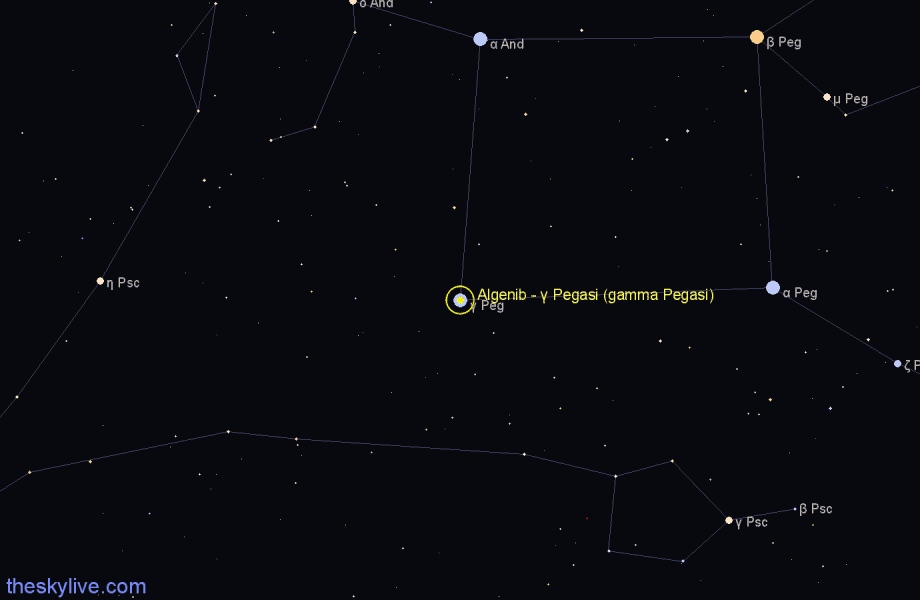
Deep-sky Objects
The Great Square of Pegasus and its stars can be used to find several interesting and famous deep-sky objects. The Andromeda Galaxy, also designated as Messier 31, can be found between the Great Square and Cassiopeia’s W asterism.
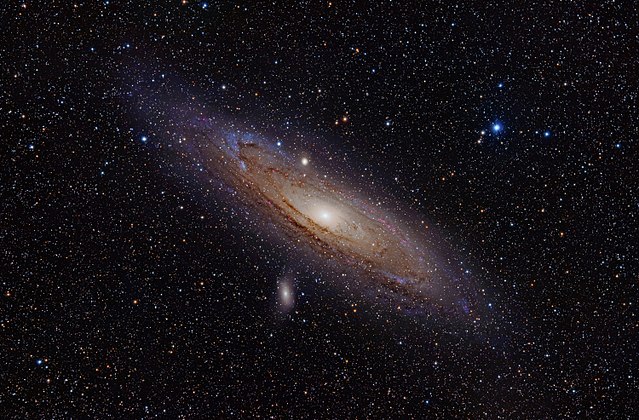
The Triangulum Galaxy, designate as Messier 33, can be found in the opposite direction of the Andromeda Galaxy. The Great Pegasus Cluster, designated as Messier 15, can be seen at 3 degrees west and 2 degrees north of the brightest star in Pegasus, Enif.
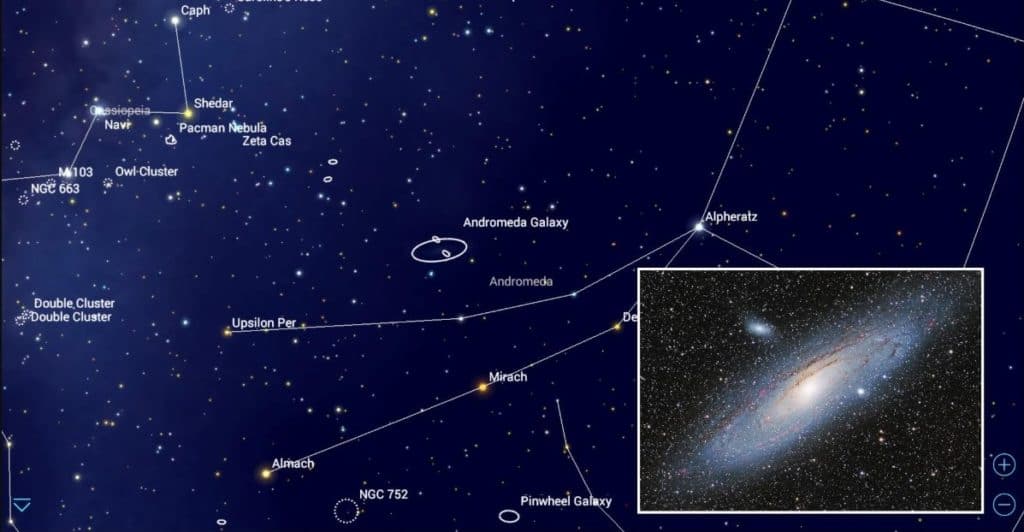
Did you know?
- Scheat and Markab can be used to find Fomalhaut, the 18th brightest star in the night sky. A line extended from Scheat through Markab points directly to Fomalhaut.
- The constellation of Pegasus is the 7th largest in the sky, occupying an area of around 1,121 square degrees.
- Pegasus is among the first 48 Greek constellations, listed by Ptolemy in his 2nd century Almagest.
- Alpheratz is one of the Three Guides that mark the prime meridian of the heavens, the other two being Scheat and Algenib.
Sources:
Image Sources:
- https://earthsky.org/upl/2017/09/great-square-star-names-astrobob-e1511187972965.jpg
- https://earthsky.org/upl/2017/09/great-square-51-pegasus.jpg
- https://www.star-facts.com/wp-content/uploads/2020/04/Alpheratz.jpg?189db0&189db0
- https://lh3.googleusercontent.com/proxy/ig5RtQxFEpo8JMrhRIofoRpq_4V2KGZqw_Fk_T66kEhwseeL5TA_Jxexx9nmWgGsDZvxuRtFpsqOg8X6y5lPg89L0gy4jto
- https://www.star-facts.com/wp-content/uploads/2020/04/Scheat-1229×620.jpg?189db0&189db0
- https://www.constellationsofwords.com/images/stars/Scheat.JPG
- https://home.moltenaether.com/wiki/images/thumb/1/17/Markab-star.jpg/300px-Markab-star.jpg
- https://www.star-facts.com/wp-content/uploads/2020/04/Algenib-and-NGC-14.jpg?189db0&189db0
- https://theskylive.com/sky/stars/finder-charts/algenib-gamma-pegasi-finder-chart.png?c=1586790420
- https://upload.wikimedia.org/wikipedia/commons/thumb/9/98/Andromeda_Galaxy_%28with_h-alpha%29.jpg/1200px-Andromeda_Galaxy_%28with_h-alpha%29.jpg
- https://cdn.mos.cms.futurecdn.net/RSNECUm3HXxgVkZfoUpjLj.jpg
